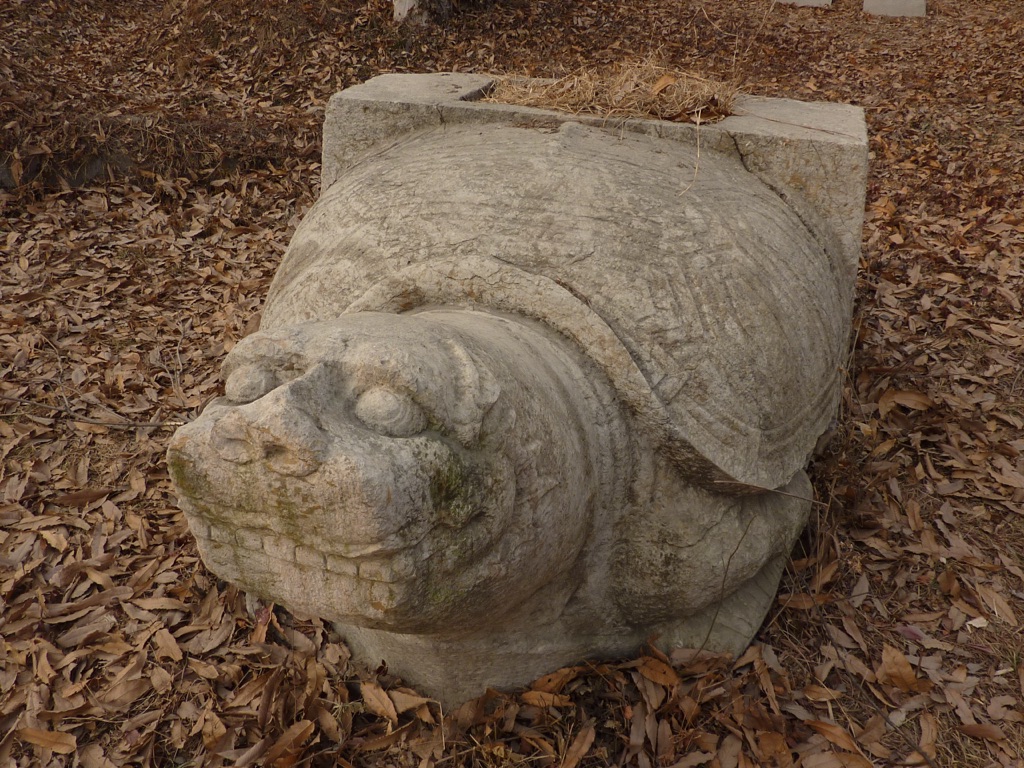The Chinese Bixi, part of the fascinating realm of Chinese mythology and art, are monumental stone sculptures depicting tortoises carrying steles (stone or wooden slabs, often inscribed) on their backs. These creatures are among the Nine Sons of the Dragon, each with its own unique characteristics and roles within Chinese cultural symbolism. The Bixi, known for its strength and endurance, became a popular motif for memorializing important texts, edicts, and commemorations in stone, serving both a practical function in preserving these documents and a symbolic one in representing longevity and stability.
Ming Dynasty
The Ming Dynasty, lasting from 1368 to 1644 CE, was a period of orderliness and grandeur in China. It marked the resurgence of Han Chinese control after the Mongol-led Yuan Dynasty. The Ming era is well-known for strengthening the Great Wall and building the Forbidden City, which stood as the imperial palace in Beijing. The dynasty is celebrated for its cultural prosperity, including advancements in literature, philosophy, and the fine arts. With a stable government, the Ming emperors established a robust administrative structure that bolstered China’s economy and expanded its international trade, especially through the famed maritime voyages of Admiral Zheng He.
During the Ming dynasty time period, China became one of the world’s most powerful and wealthiest nations. The Ming porcelain is particularly revered, and its techniques have been passed down through generations, still coveted today. This period also saw the compilation of the monumental Yongle Encyclopedia, which represented the vast knowledge and achievements of the Chinese civilization. Ming dynasty emperors like Yongle and Wanli are key figures, each leaving distinct imprints on China’s history with their pursuits in governance, expansion, and the arts. The legacy of the Ming Dynasty continues to shape modern China and contributes significantly to the global understanding of Chinese culture and history.

